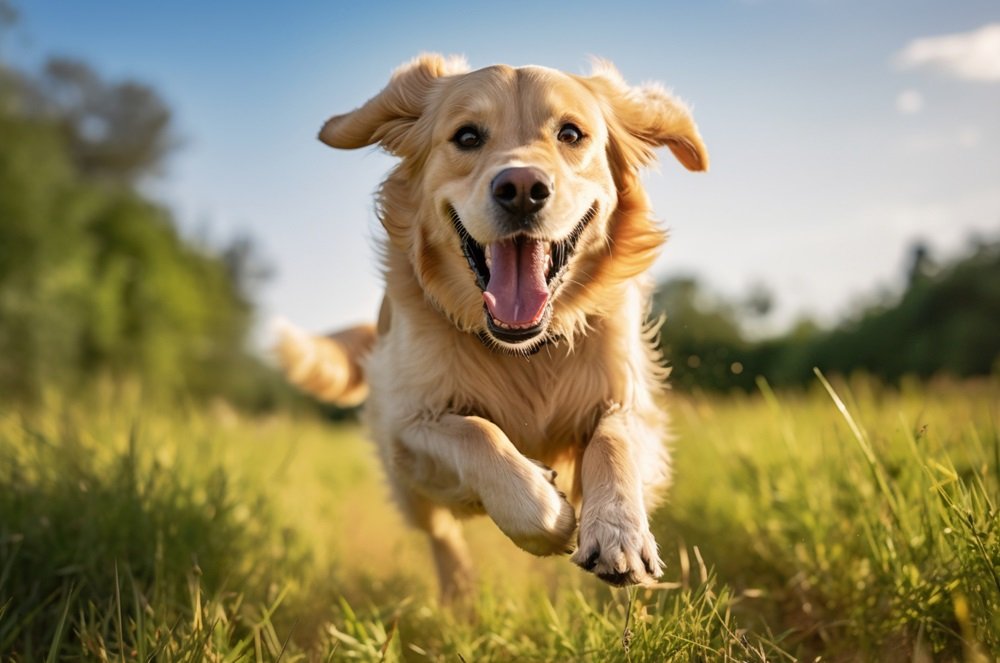Understanding the role of hunting dogs goes beyond simply appreciating their loyalty and companionship. These remarkable animals have played a crucial role in human history, aiding in the successful pursuit and retrieval of game for sustenance and sport.
A Brief Overview of Hunting Dogs
Hunting dogs are a diverse group of breeds, each meticulously developed over centuries to excel in specific hunting tasks. Their keen senses, intelligence, and unwavering dedication make them invaluable partners for hunters.
The Many Roles of Hunting Dogs
Hunting dogs perform a wide range of tasks, depending on their breed and the type of hunting they are trained for. Some common roles include:
- Scenting and Tracking: Breeds like Bloodhounds and Beagles possess exceptional noses, enabling them to track game over long distances and through challenging terrain.
- Flushing and Retrieving: Retrievers, such as Labrador Retrievers and Golden Retrievers, are known for their ability to flush out game from cover and retrieve it for the hunter.
- Pointing and Holding: Pointing breeds like German Shorthaired Pointers and English Pointers freeze in position when they locate game, signaling its presence to the hunter.
- Chasing and Driving: Hounds like Foxhounds and Greyhounds are bred for speed and endurance, used to chase and drive game towards the hunter.
What Do Hunting Dogs Do?
Hunting dogs have been bred for centuries to assist humans in the pursuit and retrieval of game. Their keen senses, intelligence, and trainability make them invaluable partners for hunters.
Types of Hunting Dogs
Hunting dogs come in a wide variety of breeds, each with its own unique skills and characteristics. They are generally categorized based on their primary role in the hunt:
Scent Hounds
- Bloodhounds
- Beagles
- Basset Hounds
These dogs have an exceptional sense of smell and are used to track game by scent over long distances. They often work independently, following the trail until they flush out the prey.
Sight Hounds
- Greyhounds
- Afghan Hounds
- Whippets
Known for their speed and agility, sight hounds are used to chase down game in open terrain. They rely primarily on their vision to locate and pursue prey. (See Also: Why Is My Dog Opening And Closing His Mouth)
Retrievers
- Labrador Retrievers
- Golden Retrievers
- Chesapeake Bay Retrievers
Retrievers are skilled at retrieving downed game from land or water. They have a strong retrieving instinct and are often used in waterfowl hunting.
Pointing Dogs
- German Shorthaired Pointers
- English Pointers
- Brittany Spaniels
Pointing dogs are trained to “point” at game, indicating its location to the hunter. They have a keen sense of sight and hearing and are often used in upland game hunting.
Training Hunting Dogs
Training a hunting dog requires patience, consistency, and specialized techniques.
Basic Obedience
Hunting dogs must first learn basic obedience commands such as sit, stay, come, and heel. This foundation is essential for safe and effective hunting.
Scent Work
Scent hounds are trained to follow specific scents, while retrievers are taught to retrieve specific objects. This involves using scent trails, dummies, and other training aids.
Field Training
Field training takes place in realistic hunting environments. Dogs are exposed to various game situations, such as flushing birds or retrieving waterfowl. (See Also: Why Do My Dogs Burps Smell Like Sulfur)
The Importance of Hunting Dogs
Hunting dogs play a vital role in the hunting experience. They:
- Increase the success rate of the hunt
- Provide companionship and enjoyment for hunters
- Help manage wildlife populations
Hunting dogs are an integral part of hunting traditions and contribute to the conservation of wildlife.
Conclusion
Hunting dogs are highly skilled and versatile animals that have been bred for centuries to assist hunters. Their diverse breeds, specialized training, and unwavering loyalty make them invaluable partners in the pursuit of game.
Frequently Asked Questions about Hunting Dogs
What types of hunting dogs are there?
There are many different types of hunting dogs, each with their own special skills and strengths. Some popular breeds include Retrievers, Spaniels, Pointers, Hounds, and Terriers. These breeds are often categorized by their hunting style, such as flushing game, retrieving downed birds, tracking wounded animals, or treeing prey.
What are the main tasks of a hunting dog?
Hunting dogs have a variety of important tasks, depending on the type of hunt and the specific breed. They may be used to locate game, flush it out of cover, track wounded animals, retrieve downed birds or animals, or even tree squirrels or other small game. (See Also: Can Dogs Have Vanilla Almond Milk)
How do hunting dogs learn to hunt?
Hunting dogs are typically trained from a young age. This involves socialization, obedience training, and specialized hunting skills training. Trainers use positive reinforcement methods, such as rewards and praise, to teach dogs the desired behaviors.
Are hunting dogs good family pets?
Many hunting dogs can make wonderful family pets, but it’s important to consider their needs and energy levels. They often require a lot of exercise and mental stimulation. It’s also important to note that some hunting breeds may have strong prey drives and may not be suitable for homes with small animals.
What kind of care do hunting dogs need?
Hunting dogs need regular exercise, mental stimulation, and proper grooming. They also require a healthy diet and veterinary care, including vaccinations and parasite prevention. It’s important to provide them with a safe and secure environment, as well as opportunities to engage in their natural instincts.
